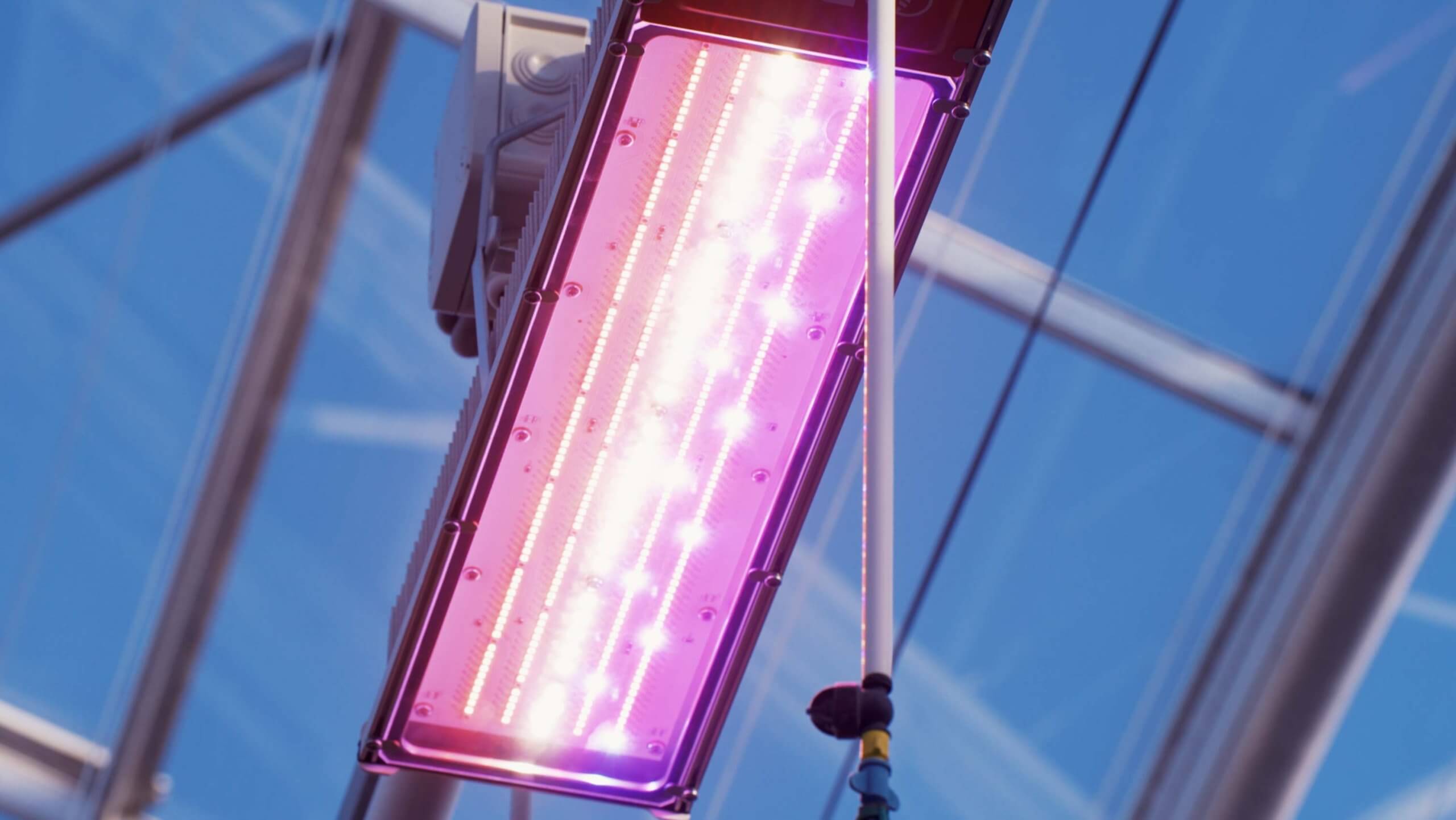
What is light?
To know how to choose future lighting for your greenhouse, it's important to know its characteristics. These will help you achieve your production and growth objectives. With so many different types of horticultural lighting on the market, you're likely to find yourself drowning in information and acronyms. You'll come across measurements such as Watt, Lumens, LUX, PAR, PPF and PPFD. It's true that they're all related to lighting in general, but not all of them are relevant to horticultural lighting. The most important thing is to understand which measurements to look at, depending on your requirements. That is why it is important to know how light works.
14 November 2023
How does light work?
Light is a stream of photons emitted by a source such as; the sun, a bulb or an LED chip. Regardless of the source, these photons are always of the same nature, characterized by their energies and wavelengths, which are directly related. Therefore, photons are classified based on their wavelengths, which determine their colors. Wavelengths are measured in nanometers (nm), their unit of measurement for the rest of this article. In this classification, ultraviolets (UV) have the shortest wavelengths, ranging from 200 to 400 nm, while infrareds (IR) have the longest wavelengths, from 800 to 1,500 nm. Between 400 and 700 nm, between UV and IR, lies the visible spectrum for the human eye. As mentioned earlier, each wavelength corresponds to a color: blue light from 400 to 500 nm, green light from 500 to 600 nm, and red light from 600 to 700 nm. All known color variations stem from these three primary colors of the visible spectrum.
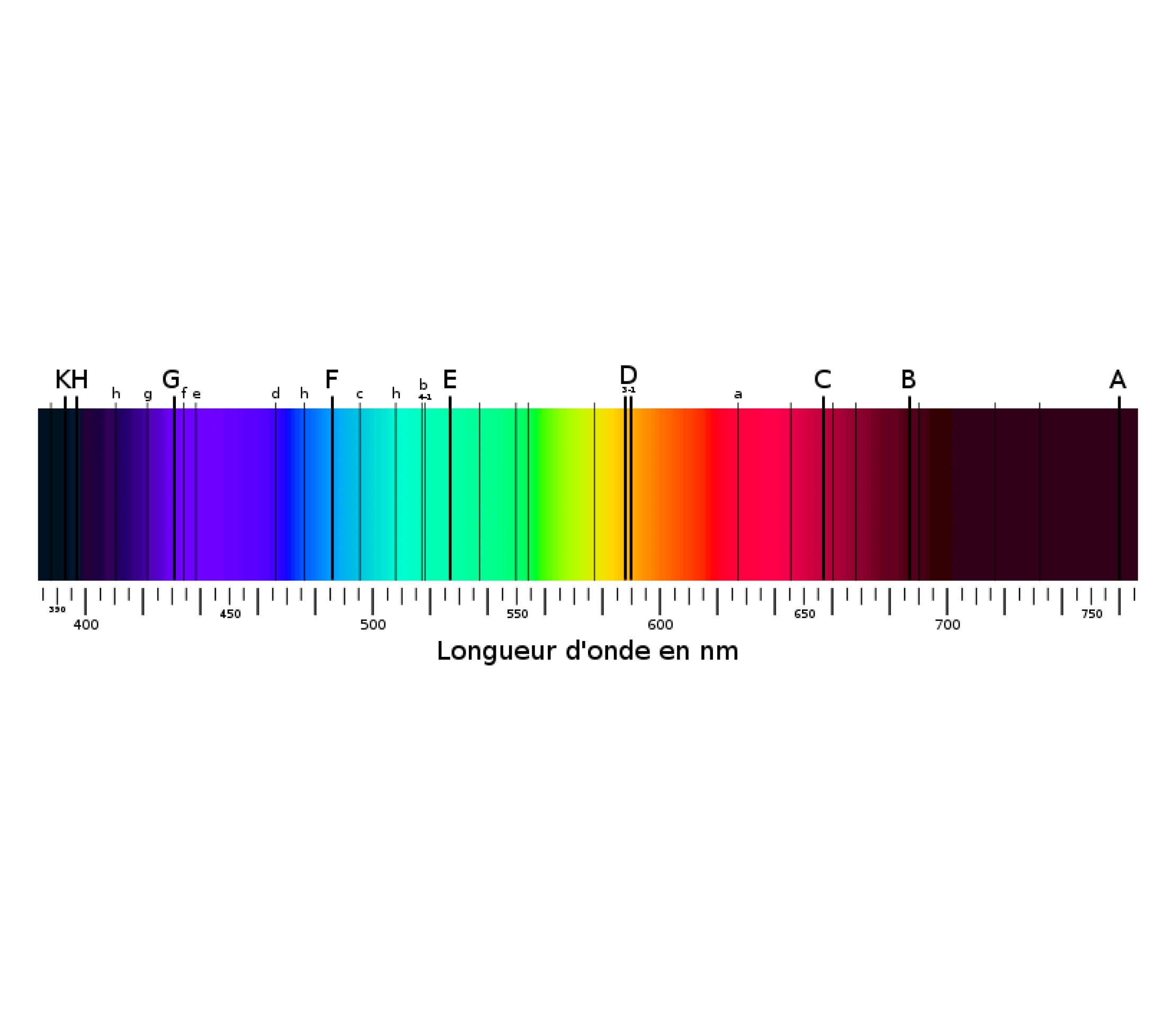
Figure 1: The spectrum of visible light (Source: Wikipedia)
A beam of light is the combination of a large number of photons. What differs between light sources is the quantities of photons emitted at each wavelength. If all these photons have the same characteristics, they have the same color. This phenomenon is called a monochromatic beam of light. This is the case with LED lights, which are capable of emitting in a single color. Additionally, there are other beams of light composed of several types of photons, such as sunlight, white LED lights or incandescent and energy-saving light bulbs. Finally, the spectrum of a light beam is obtained by decomposing it. This allows for the exact association of photons present in the light and thus their individual colors.
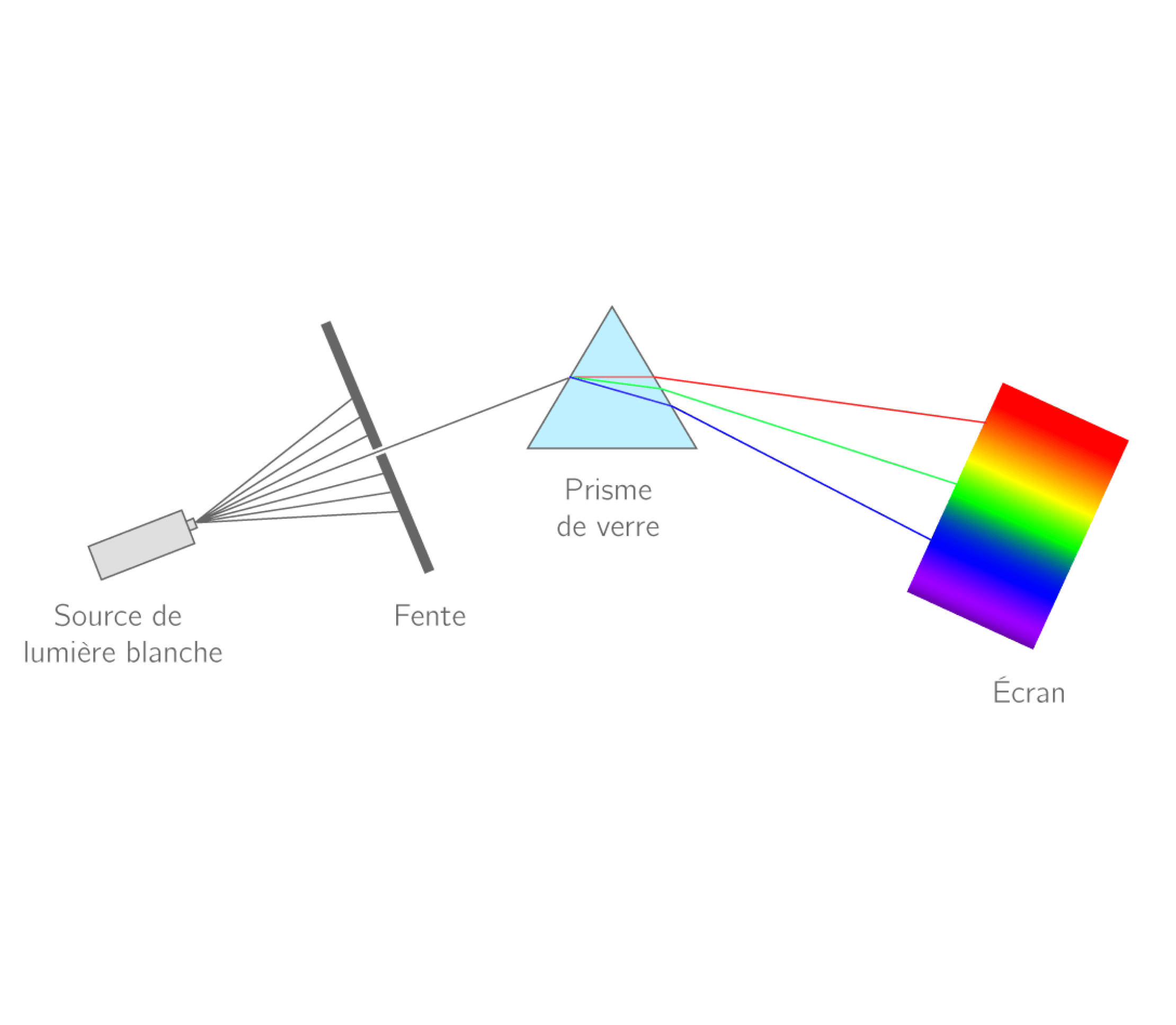
Figure 2: Spectrum of light decomposed by a prism (Source: Uncyclopedia Wikia).
However, familiar metrics are not always the right ones.
What light measurements?
For the human eye, the perception of photons extends from 400 to 700 nm, with a greater sensitivity to green.
Therefore, lighting manufacturers characterize their sources using Lumen measurements. Lumens represent the quantity of photons visible to the eye. Thus, the efficiency of lighting intended for humans is calculated in Lumens per Watt (Lumen/W). As these photons are more or less evenly distributed in space, a measure has been invented to gauge the quantity of Lumens on a given surface, known as Lux.
However, these measurements are not intended for plants. Consequently, they are not suitable for plant development. It is necessary to understand the interaction between light and plants.
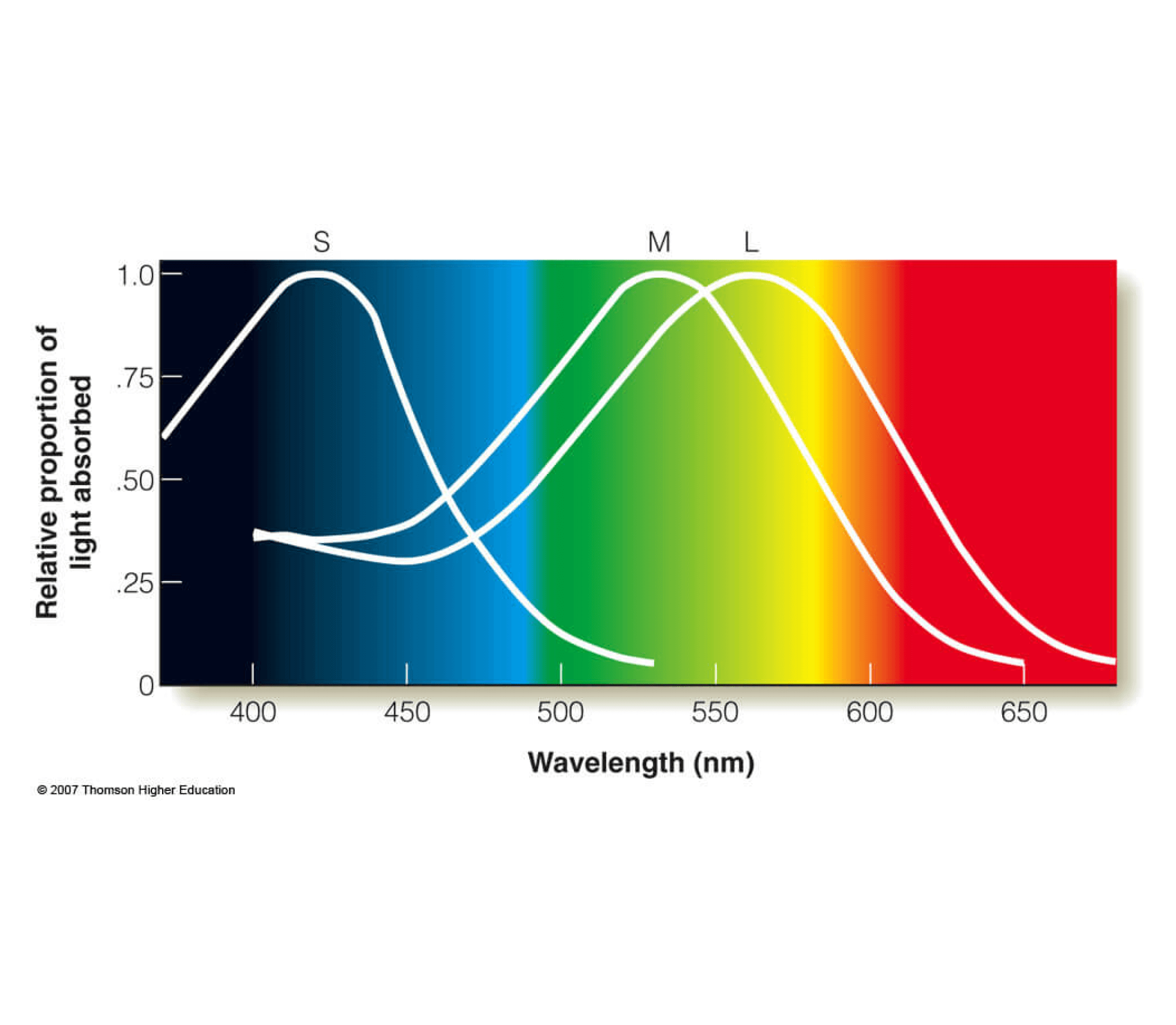
Figure 3: Curve of human vision with associated colors (Source: Science Defined).
How do plants use light?
In order to grow, plants transform the energy present in the photons that make up light. Unlike the human eye, which is particularly sensitive to photons of a wavelength around 500 nm (green), plants are sensitive to the entire spectrum and have receptors for each type of photon in their leaves.
They use light in two forms:
- The first is to extract energy, which is called photosynthesis. Plants primarily use visible wavelengths ranging from 400 to 700 nm for photosynthesis, which is why this range is called Photosynthetically Active Radiation (PAR). Wavelengths activate different pigments, including chlorophyll A&B, carotenoids and anthocyanin. The utilized spectrum is quite broad, from 350 to 800 nm, with varying absorption efficiency depending on the color.
- The second is the use of light as a signal for their environment: this is the subject of photobiology, the study of a plant’s development under different types of light spectrum, which will be discussed in more detail in a future article. There are indeed metrics adapted to horticulture.
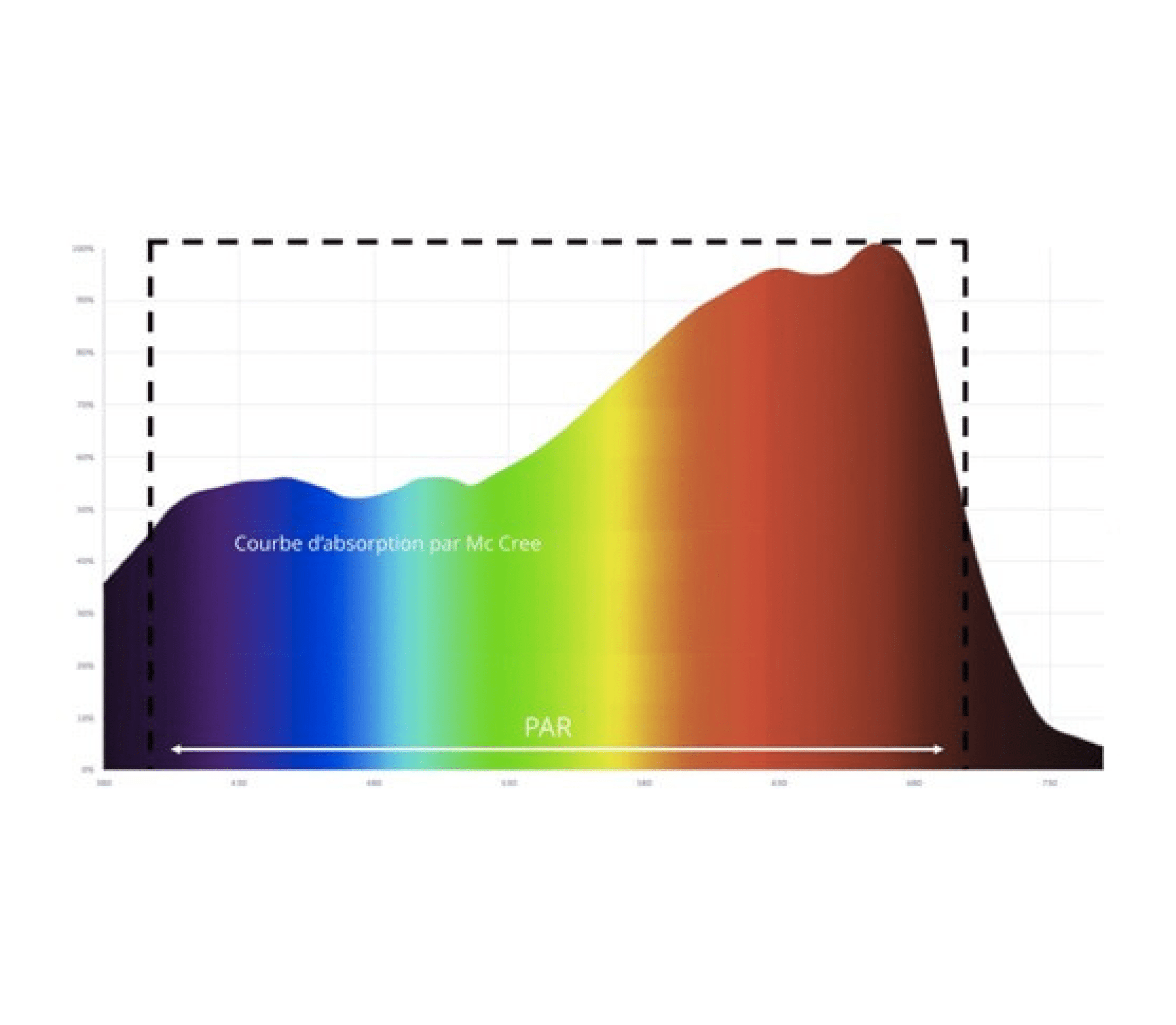
Figure 4: McCree's Curve (Source: Light Zoom Lumière).
What light measurements for plants?
The measurement of light quality is the spectrum. It is a subjective indicator that informs us about the plant’s reaction to light. Thus, a broad and balanced spectrum like that of the sun promotes the uniform development of a plant. On the contrary, a spectrum with pronounced peaks of colors will favor one aspect or another of the plant. This allows us to dictate the plants what to do. This is the whole point of photobiology.
When we talk about photosynthetic lighting, we are only interested in PAR, which means only the photons present in the spectral range from 400 to 700 nm that provide the plant with the energy needed to grow. Assuming the spectrum is balanced, the measurement of the quantity of light for plants directly informs us about the plant’s ability to grow. We can say that 1% more light is 1% more production.
DLI (Daily Light Integral) is the amount of photons received by the plant over a complete day. Some light-demanding plants like tomatoes require a minimum of 16 mol/day, whereas lettuce requires only 6 mol/day. Thus, this measurement informs us about the average light requirement but does not take into account the light intensity at a given moment. For that, there is another measurement, namely PPF, which is a direct analogy to Lumen. PPF is a measure in micromoles per second (µmol/s), i.e., the quantity of photons emitted per second in the light beam. Additionally, the analogy of Lux in plants is PPFD, which is the quantity of photons emitted in the PAR range on a given surface. This measurement should be as homogeneous as possible over the cultivation surface to ensure consistent development across the entire area. Thus, PPF gives us the overall intensity of lighting, while PPFD indicates the distribution of these photons over a given surface.
In fact, the efficiency of a horticultural source is measured in micromoles per second (µmol/s). This measurement is calculated by dividing PPF by energy consumption.
Conclusion: Measurements are important for your cultivation.
Firstly, the spectrum is crucial for horticultural lighting and will be the subject of a future article on photobiology and the impact of light on plants. Then, PPF is a measurement that allows us to know the light intensity of a source and calculates its efficiency in micromoles per joule (µmol/J). As for PPFD, which is the most important measure for choosing a light source, it informs us about the distribution of light in our cultivation space and ensures consistent development and quality of our cultivation surfaces. Finally, DLI and the maximum lighting hours necessary for the proper development of a cultivar impose a minimum PPFD specific to each plant and cultivation objectives. So, all these measurements differ depending on the climatic conditions around an LED light. It is important that measurements are taken under actual usage conditions.
At RED Horticulture, we design highly efficient LED top lighting for greenhouses with a broad and balanced spectrum distributed optimally over the cultivation surface. Our measurements are certified by an accredited COFRAC independent laboratory. Additionally, our Solstice solution manages lighting via Artificial Intelligence (AI) and takes into account environmental parameters in real-time to deliver only the PPFD necessary for the proper development of crops.

